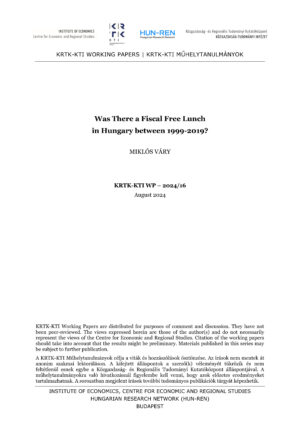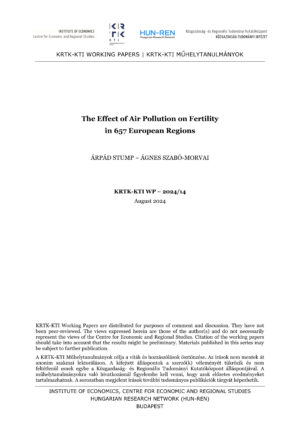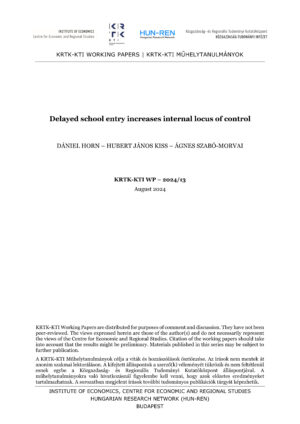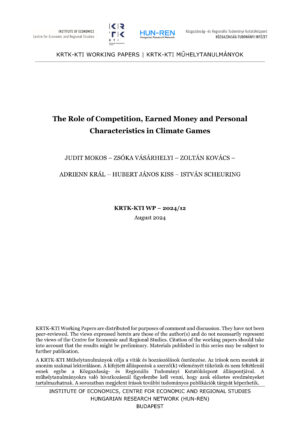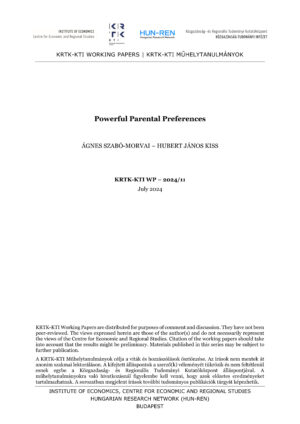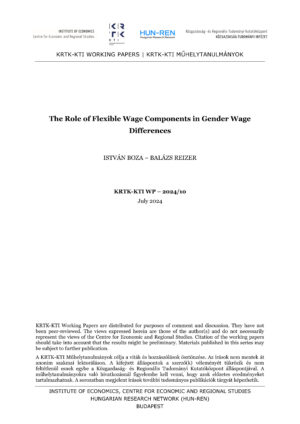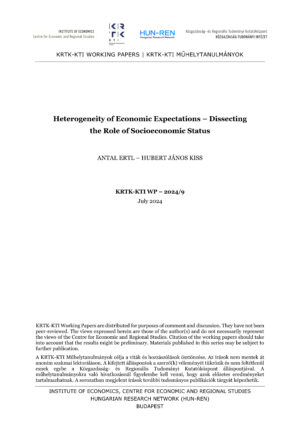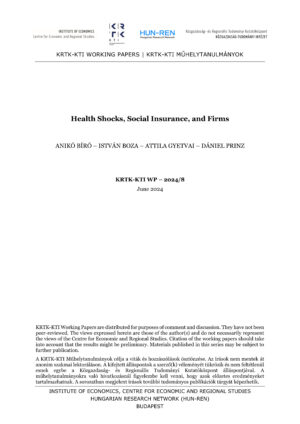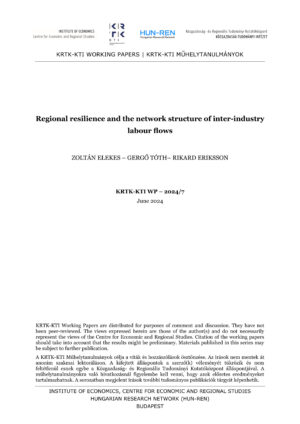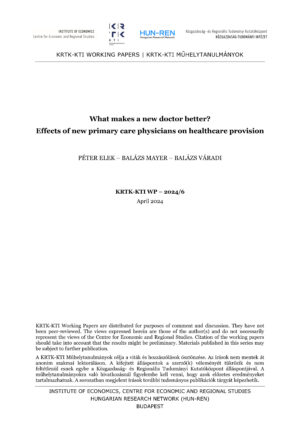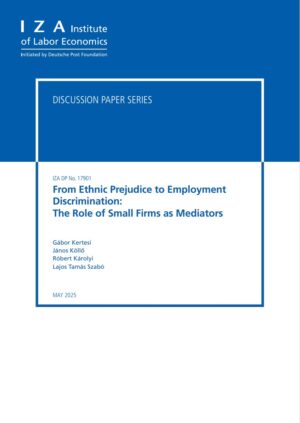This paper investigates whether there have been time periods between 1999 and 2019 in Hungary when government spending has been self-financing, i.e., when the government has faced a fiscal free lunch. By self-financing, it is meant that government spending, initially financed by issuing bonds, does not lead to an increase in the debt-to-GDP ratio due to improvements in the budget balance resulted in by stimulated economic activity. Some macroeconomists think that while government spending is arguably not self-financing in normal times, it could have become self-financing in the United States (US) during the Global Financial Crisis (GFC) due to 1) stronger fiscal multipliers, 2) stronger hysteresis effects, and 3) lower interest rates than usually. This paper estimates the parameters of a simple model of debt dynamics on Hungarian data to study whether these arguments also hold for an emerging small open economy, like Hungary, in which fiscal multipliers are thought to be weaker, and where interest rates increased during the GFC. It is found that government spending has not been self-financing in the short run before the GFC (1999Q1-2008Q3), has been at the edge of being expected to be self-financing in the long run, but has not actually turned out to be. During the GFC (2008Q4-2012Q4), it cannot be excluded to have been self-financing in the long run, and might have already been self-financing in the short run, as well. However, these findings are much less robust than those for the US. Between the GFC and the COVID recession (2013Q1-2019Q4), government spending was not self-financing in the short run, but was expected to be self-financing in the long run.
